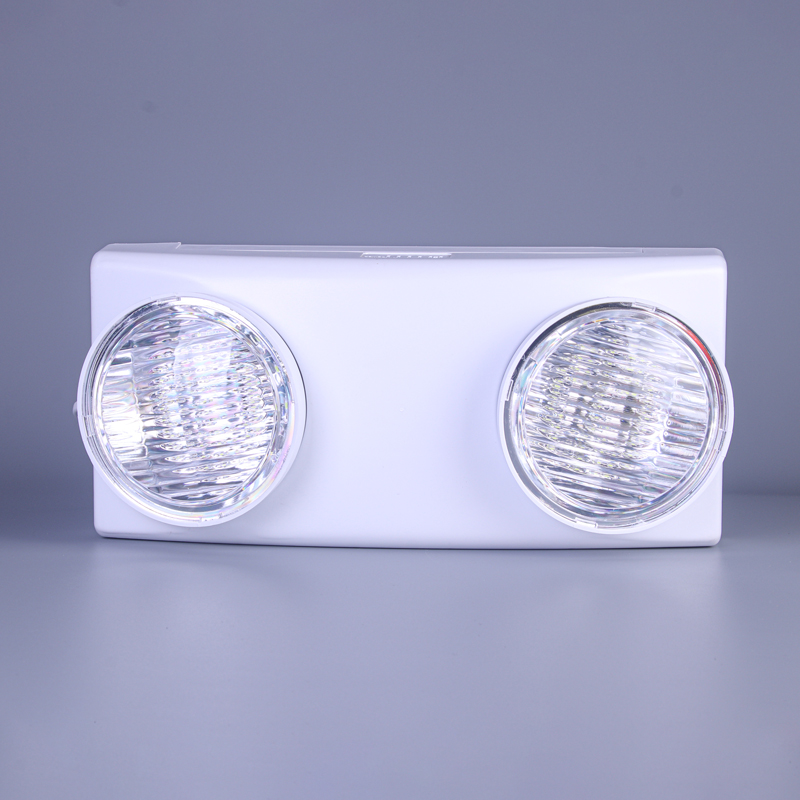
emergency LED output lamp
Emergency LED output lamp
Emergency LED exit lamps are indispensable assistants in case of emergency situations, such as a fire or turning off electricity. Imagine that you are in the building, and suddenly the light goes out. Panic can occur very quickly, and in the dark, finding out becomes a difficult task. It is at such moments that emergency lamps come to the rescue. They provide bright, directed lighting, helping people safely leave the room.
How do they work?
These lamps are equipped with special batteries, which provide an autonomous glow in case of loss of main nutrition. Inside the lamp there are powerful LEDs, which, due to their effectiveness, provide brightness and long service life. Unlike older types of lamps, emergency LED options consume significantly less energy, which makes them more economical in the long run. They work from batteries and have a special charge indication system, notifying the need to replace batteries.
The importance of proper placement
The location of the emergency lamp is of great importance. It should be installed in places where its light will be most useful for evacuating people. This means that it should be directed directly to the path to the exit and is clearly visible in the dark. An important condition is sufficient brightness so that people can clearly see the direction and not stumble in the dark. The stability of the structure is no less important so that the lamp does not fall and does not break in a critical situation. Professional installation and regular verification is the key to effective work in emergency cases.
Advantages of use
The advantages of using emergency LED exit lamps are obvious. They guarantee safety and quick evacuation, preserving life and health. The simplicity of use and durability, as well as the lower cost of maintenance compared to other types of emergency lighting, make them the best choice for any building where safety is required. Reducing the evacuation time, the ability to quickly and safely leave the room - these are valuable factors that increase the safety of residents and visitors in case of emergency.
AppropriateProducts
Corresponding products
The best soldproducts
The best -selling products-
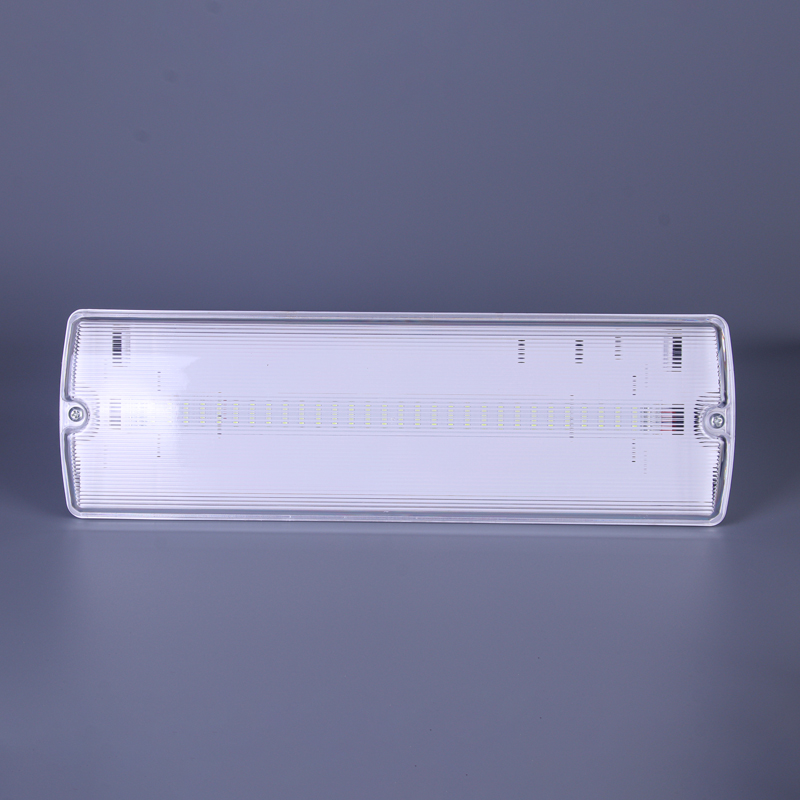 IP65 3W/6W/8W Waterproof LED automatic emergency lamp
IP65 3W/6W/8W Waterproof LED automatic emergency lamp -
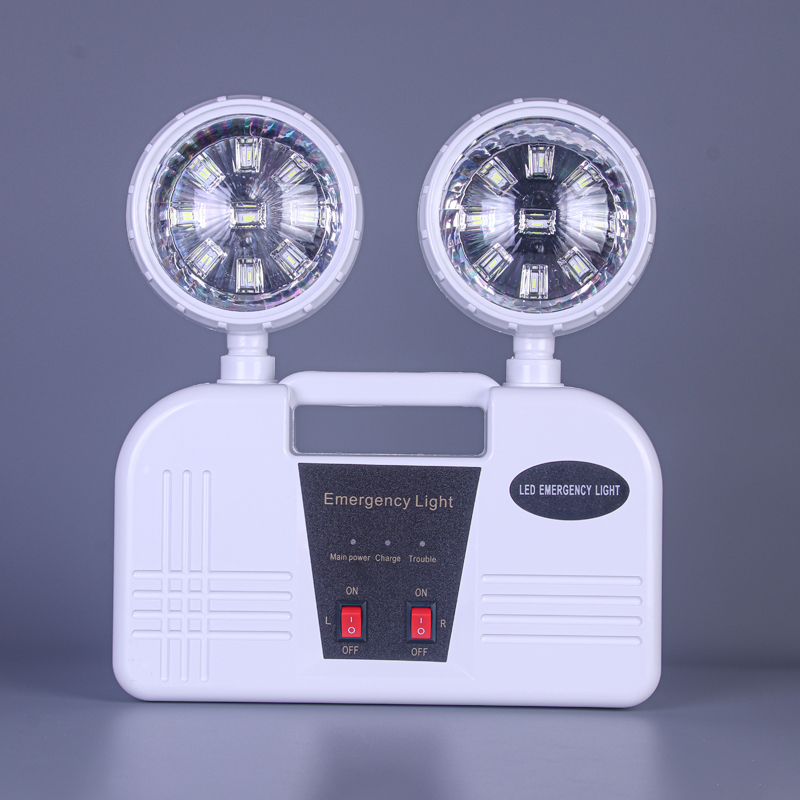 LED rechargeable emergency lanterns with a capacity of 9 watts
LED rechargeable emergency lanterns with a capacity of 9 watts -
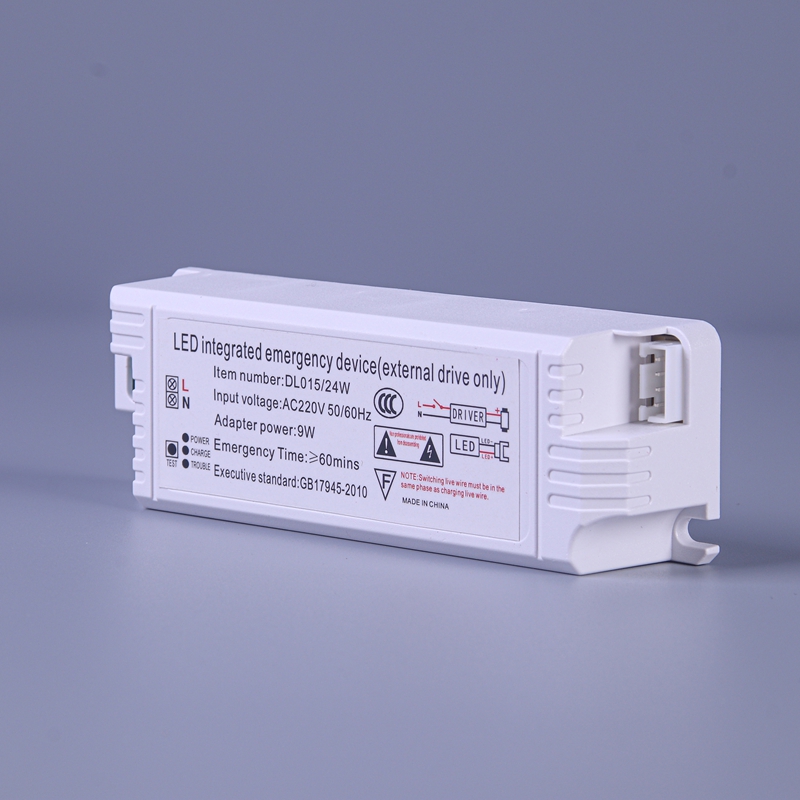 LED integrated emergency device
LED integrated emergency device -
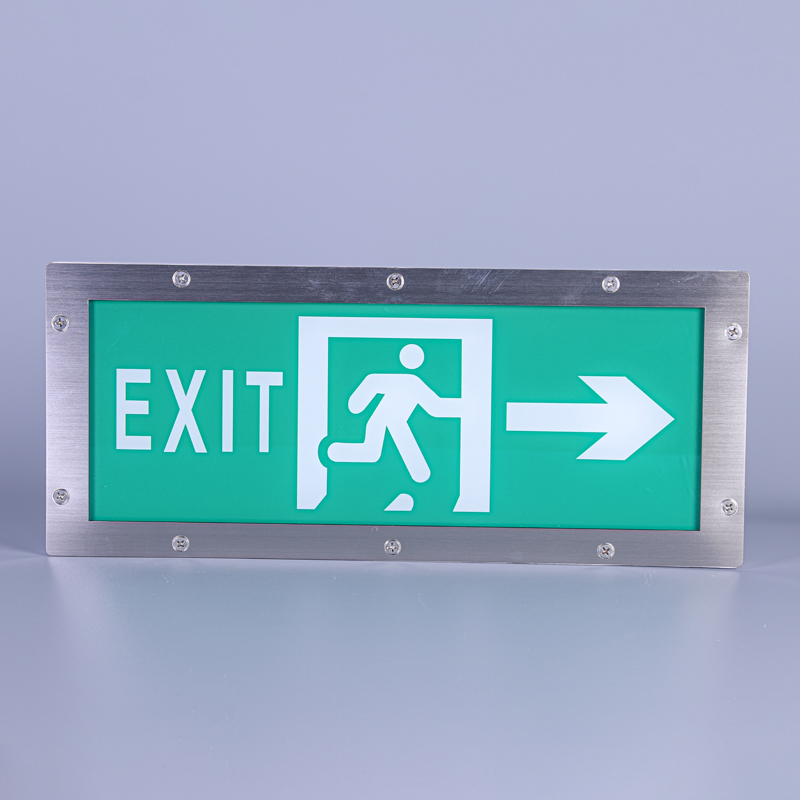 IP65 3W Led Automatic emergency lamp output sign
IP65 3W Led Automatic emergency lamp output sign -
 3W LED output emergency lamp
3W LED output emergency lamp -
.jpg) 6W LED automatic emergency lamp
6W LED automatic emergency lamp -
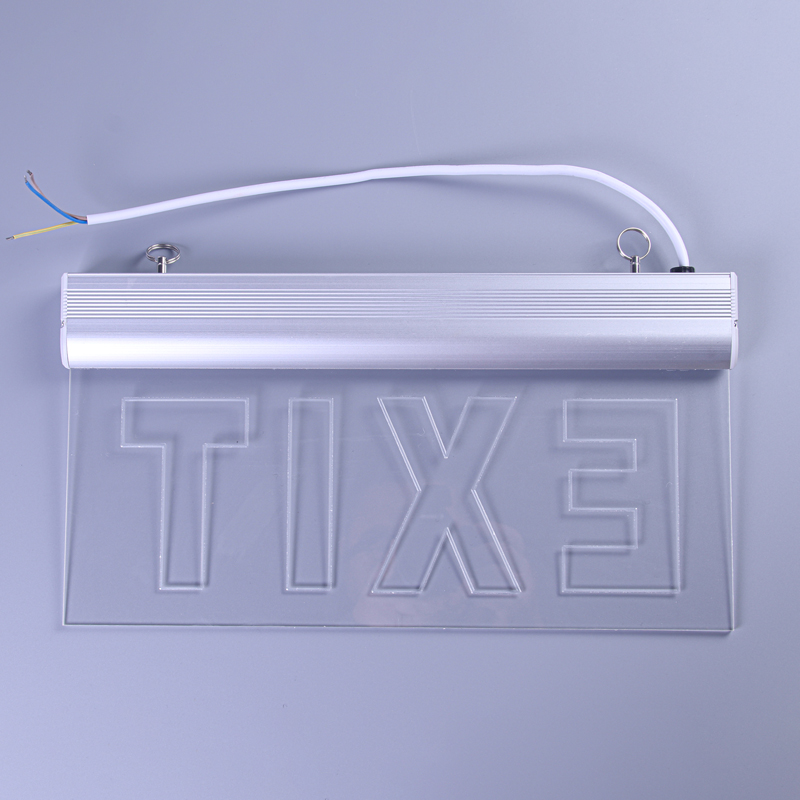 LED emergency lamp 3W output sign
LED emergency lamp 3W output sign -
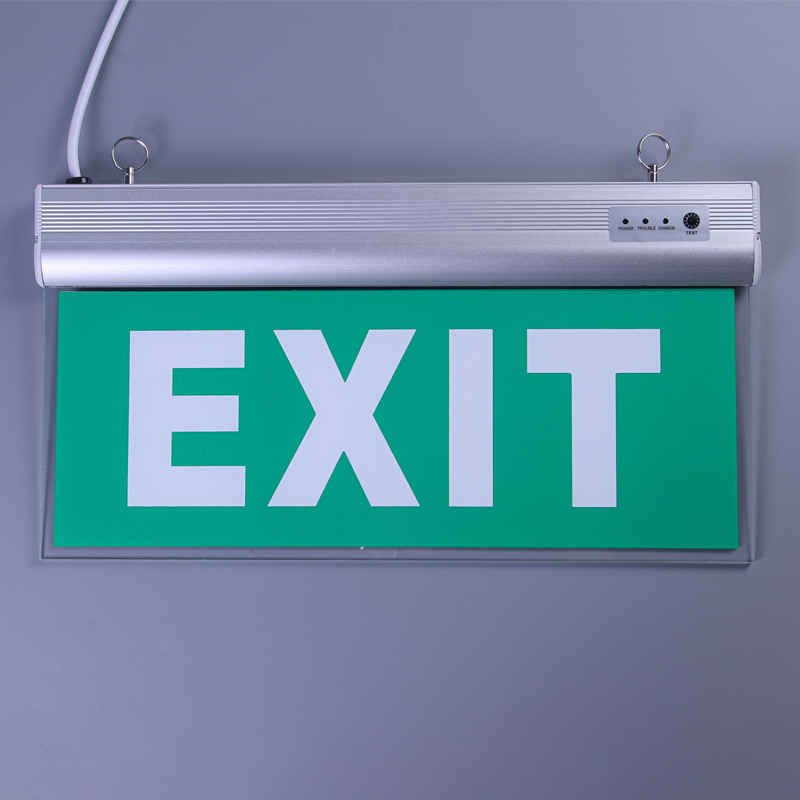 3W LED emergency lamps
3W LED emergency lamps -
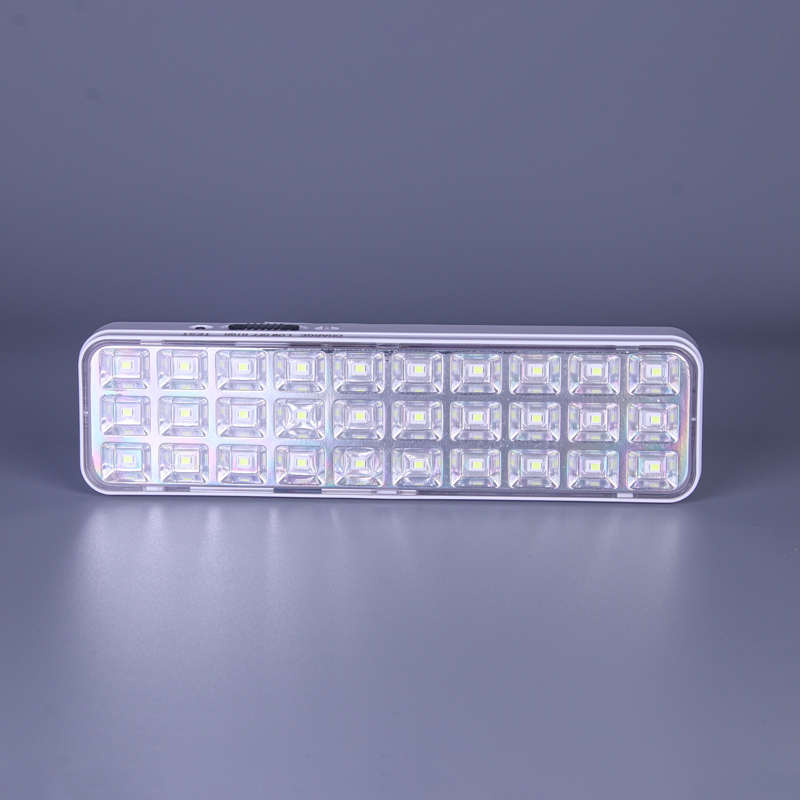 LED 3 W rechargeable portable camping lamp
LED 3 W rechargeable portable camping lamp -
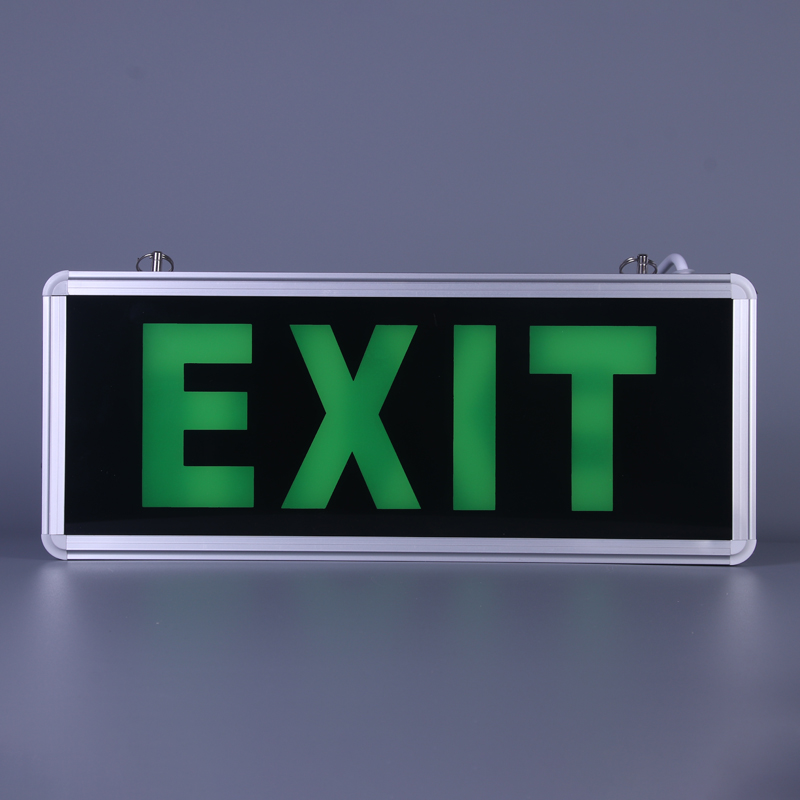 3W emergency LED exit sign Light of the Board Management
3W emergency LED exit sign Light of the Board Management -
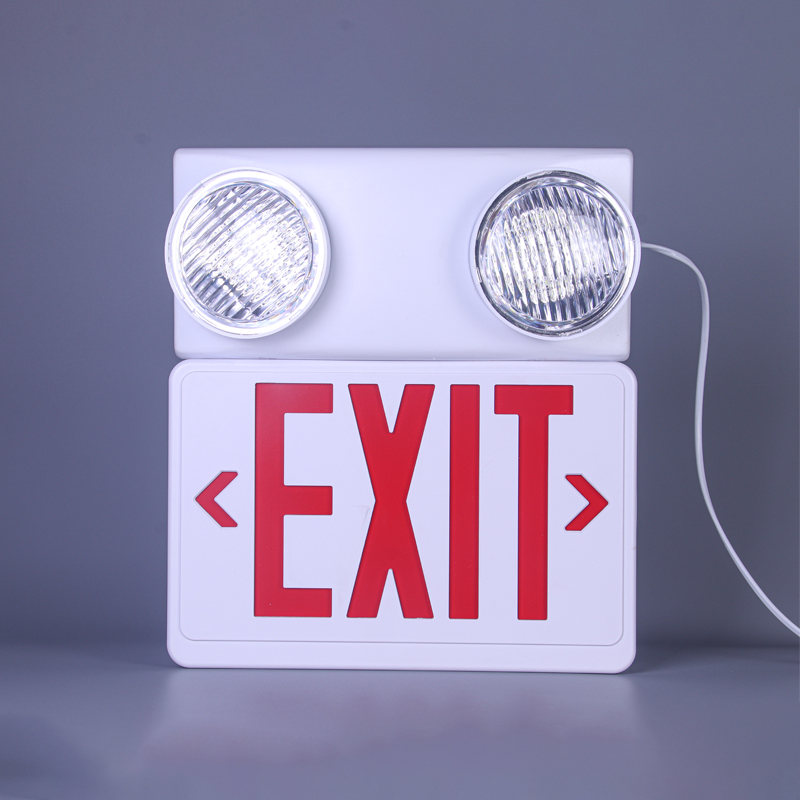 Output sign of emergency lamps with a ray of light
Output sign of emergency lamps with a ray of light -
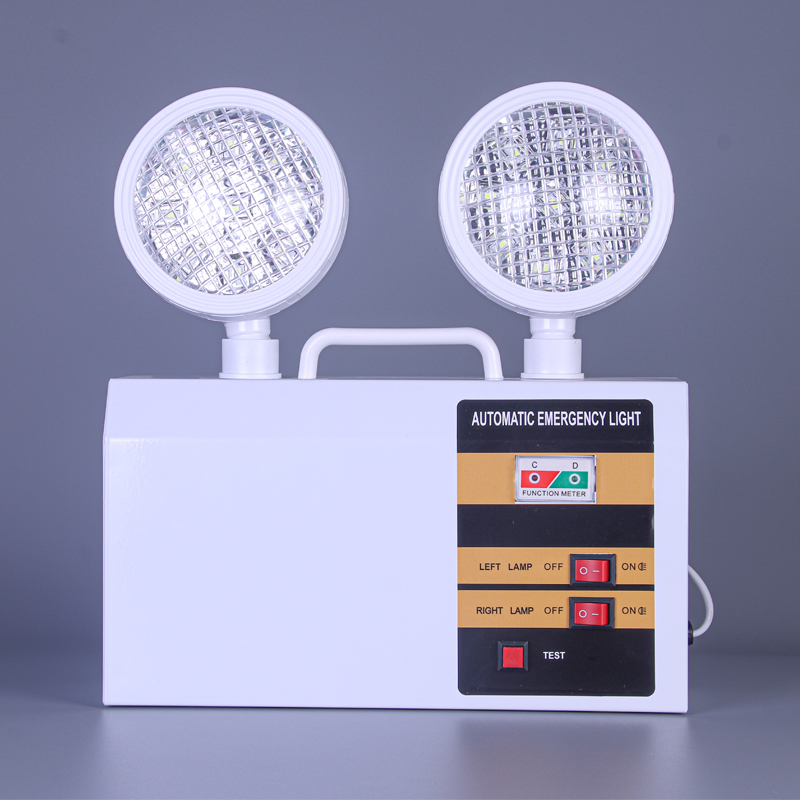 9 W rechargeable LED emergency lanterns with two heads
9 W rechargeable LED emergency lanterns with two heads
Connectedsearch
Related search- China cited emergency light emergency factory
- emergency lamp 36 watts
- emergency
- Chinese emergency lighting suppliers IP65
- Chinese emergency lighting suppliers
- Emergency lamp rating
- lamp emergency reserve exit
- Chinese suppliers of emergency exits
- China emergency light Uranus 6523 4 suppliers
- Manufacturers of safe emergency outputs in China










